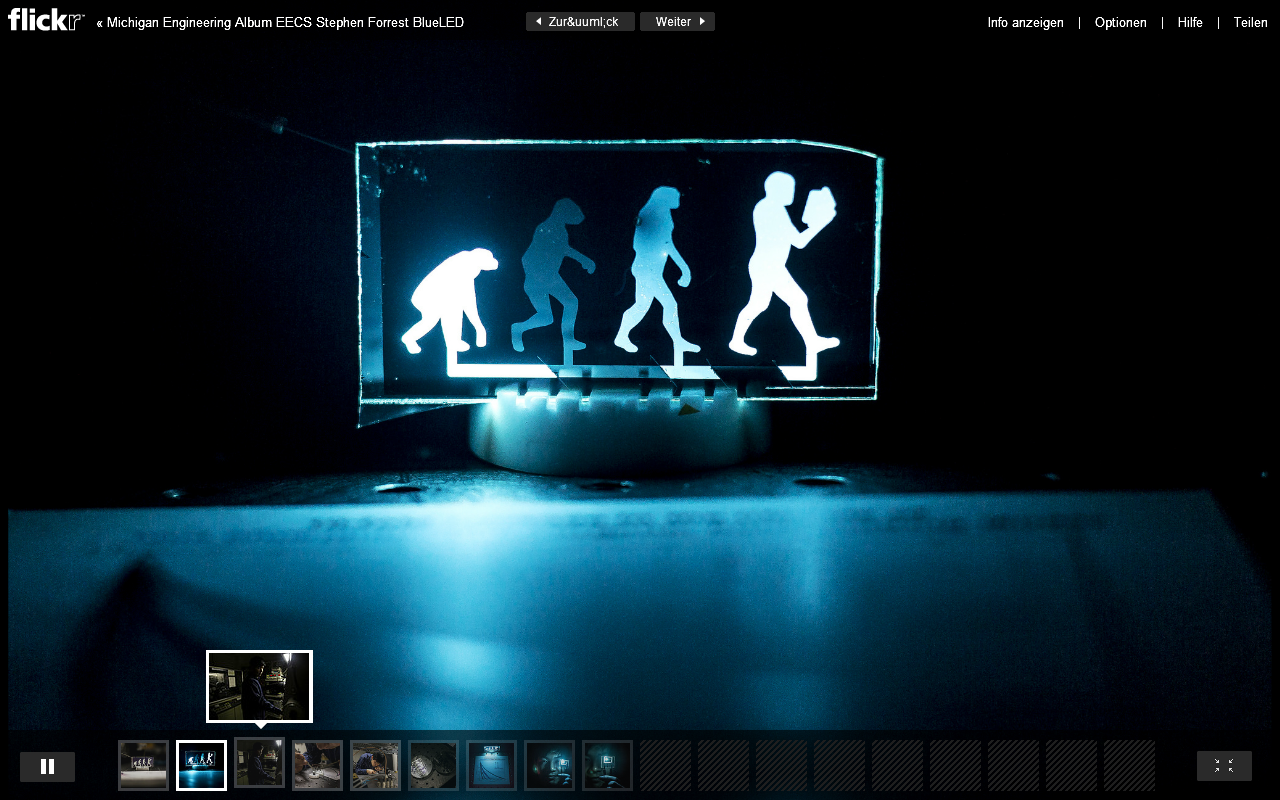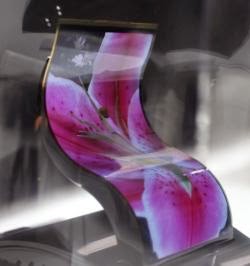SIMIANE-COLLONGUE, France – July 26, 2016 – Encapsulix SAS today introduced its InfinityTM 200 Atomic Layer Deposition (ALD) system product line optimized for deposition onto 200 mm substrates in a manufacturing or R&D environment. The line’s advanced features for nano-engineered materials include a special focus on low temperature, thin-film encapsulation for flexible organic electronics, in particular organic light-emitting diodes (OLED).
The new 200 ALD line incorporates Encapsulix’s proprietary Parallel Precursor Wave (PPW) technology, which deposits atomic-level coatings with unmatched precision and throughput. The system has been successfully installed and qualified for ultrafast OLED encapsulation at Leti, the CEA Tech research institute in Grenoble, France. Additional systems will be delivered in the next 12 months to customers in Asia.
“We are pleased to strengthen our product offering to the OLED industry with this product family. The strategic partnership with Leti, and the successful application of our technology in the most demanding OLED encapsulation applications, confirm our position as the industry leader in ALD for OLED encapsulation,” said Dr. Jacques Kools, founder and CEO of Encapsulix SAS. “Our high-speed ALD thin-film encapsulation technology proves to be a key enabler in the flexible electronics revolution”.
Introduction to Encapsulix introduction, Dr. Jacques Kools, founder and CEO of Encapsulix SAS (Youtube).
“Since its launch in 2011, Encapsulix has continuously improved the performance of high-throughput atomic layer deposition equipment and processes,” said Dr. Tony Maindron, OLED senior scientist and project leader at Leti. “This new, ultrafast InfinityTM 200 system will strengthen Leti’s OLED development projects for next- generation wearable devices and other uses.”
The Infinity ALD equipment platform was developed by Encapsulix to address the microelectronic industry’s need for geometrically scaled nano-engineered coatings. These coatings range from 10-100 nm in thickness, and often are comprised of sublayers with nanometer thickness. The Infinity series provides the unique ability to transfer the process from R&D on 200 mm (resp. generation 2.5) in Infinity 200 (resp. Infinity 500) systems to manufacturing on generation 4.5 and generation 6 substrate sizes in Infinity 750 and Infinity 1000 tools. These capabilities provide a reliable route for quickly ramping the most advanced thin-film encapsulation solutions for flexible AMOLED.
About Encapsulix
Encapsulix was founded to address the geometric scaling of critical deposition requirements for industrial & microelectronic devices and foils. Initial process focus is in Al2O3 and TiO2 specifically for barrier coatings. The company has its development and headquarters in Simiane-Collongue France, equipment development, sales and service in the USA.
Encapsulix was founded to address the geometric scaling of critical deposition requirements for industrial & microelectronic devices and foils. Initial process focus is in Al2O3 and TiO2 specifically for barrier coatings. The company has its development and headquarters in Simiane-Collongue France, equipment development, sales and service in the USA.



%20(1).png)


.jpg)






